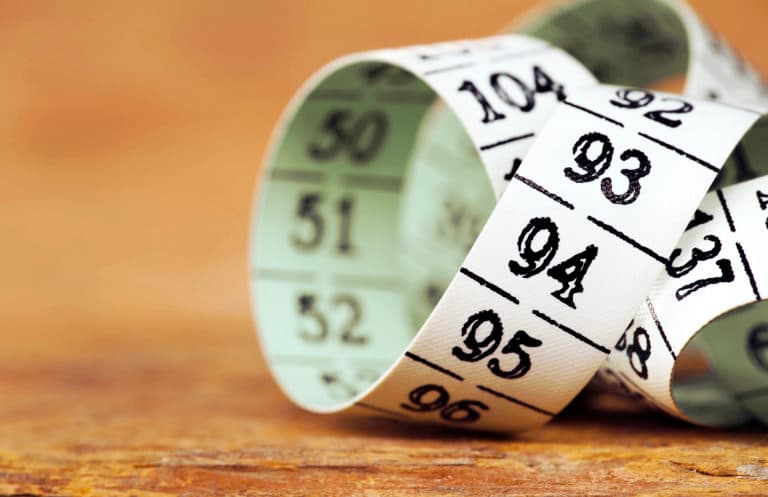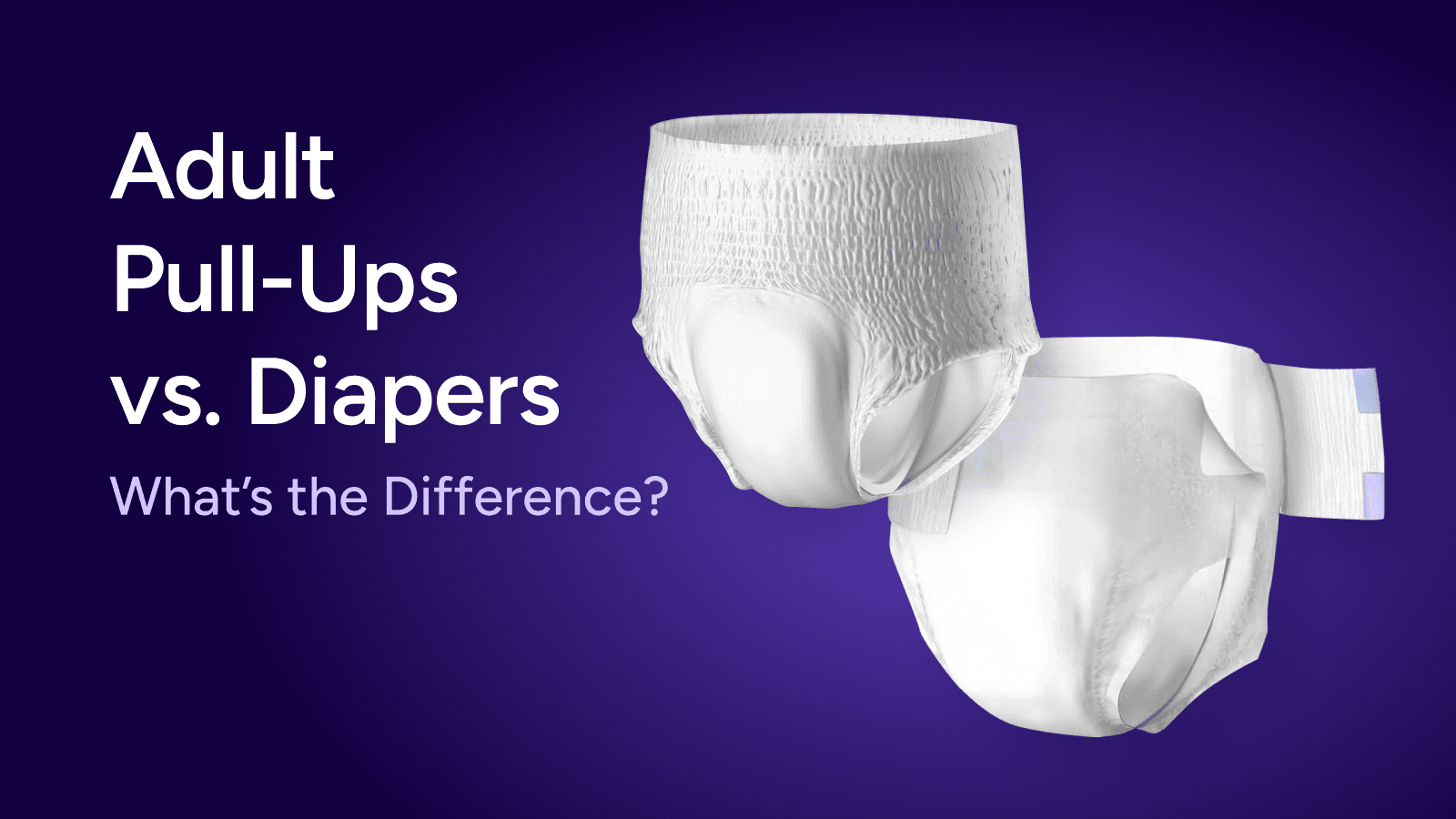Finding the right size adult diaper is essential for comfort, leak protection, and skin health. Ill-fitting diapers can lead to leakage, rashes, discomfort, and reduced quality of life. This guide will help you understand how adult diaper sizing works and how to choose the perfect fit for your needs.
Why does proper adult diaper sizing matter?
1. Prevents leaks
A well-fitting diaper forms a secure seal around the waist and legs, minimizing gaps where urine or stool can escape. A poor fit—either too tight or too loose—often leads to embarrassing and uncomfortable leaks.
2. Reduces skin irritation
The right size helps prevent chafing, rashes, and sores. Diapers that are too tight can cause pressure marks and trap moisture, while loose diapers can rub against the skin and cause irritation.
3. Improves absorbency performance
Absorbent materials work best when they are snug against the body. If the diaper sags or doesn’t sit correctly, moisture won’t be absorbed efficiently—leading to discomfort and potential leaks.
Carewell Incontinence Underwear Overnight & Heavy Full Coverage Fit is designed with anti-sagging threads so it stays closer to your body when full.
4. Ensures comfort & discretion
A properly sized diaper feels more like regular underwear. It moves with the body, reduces bulkiness under clothing, and makes day-to-day wear more discreet.
5. Protects overall health
Chronic use of incorrectly sized diapers can lead to restricted blood flow, increased risk of infection, and long-term skin problems—especially for individuals who wear them around the clock.
Signs it's too small
Indentations or red marks around the waist or legs
Difficulty fastening tabs or tabs that tear
Tightness or restricted movement
Skin irritation from chafing or trapped moisture
Tingling or numbness due to restricted blood flow
Signs it's too large
Loose fit or sagging at the waist
Bunched material around legs or waist
Leakage around leg openings or waistband
Visible diaper lines through clothing
Discomfort from shifting or rubbing
How do diaper sizes work?
Much like clothing, there’s a bit of math involved in diaper sizing. Different brands and features may fit differently, even if they have the same size.
For example, extra absorbency and contouring might make your normal size feel slightly smaller. The best starting point is to get an accurate measurement of your size.
How to measure yourself for the right adult diaper size
Getting the right fit starts with a few simple measurements. For most adult diapers, you’ll want to know your waist and hip size. Some brands may also recommend knowing your thigh size or weight, just to get the best match. Here’s how to measure:
Waist: Wrap the tape around your waist, just below your belly button.
Hips: Measure around the widest part of your hips.
Thighs: Measure midway between your knee and pelvis (only if the product recommends it).
Pro tip: Make sure your muscles are relaxed when you measure. Tensing up can change the numbers by more than an inch!Most brands list diaper sizes in ranges—like 34” to 38”.
Can’t Measure Yourself?
No worries—if measuring is tricky due to mobility issues or anything else, don’t stress. You can always try a diaper and see how it feels. Many brands also offer size guides based on height and weight, which can help point you in the right direction. Need extra guidance? Our Care Team is happy to help—just reach out!
Finding the right adult diaper size is key to ensuring comfort, preventing leaks, and protecting skin health. With the right measurements and a bit of trial and error, you can discover the perfect fit for yourself or your loved one. If you ever need help, our Care Team is just a call or click away.



